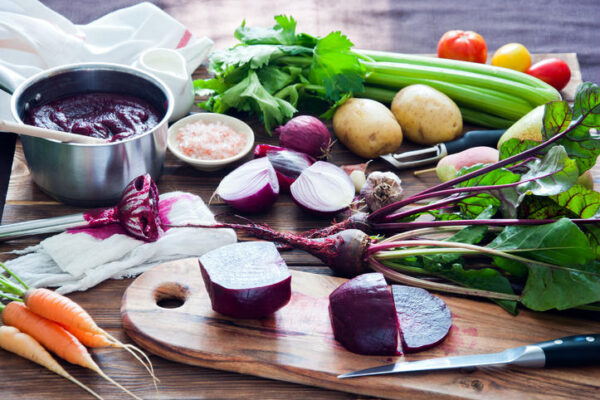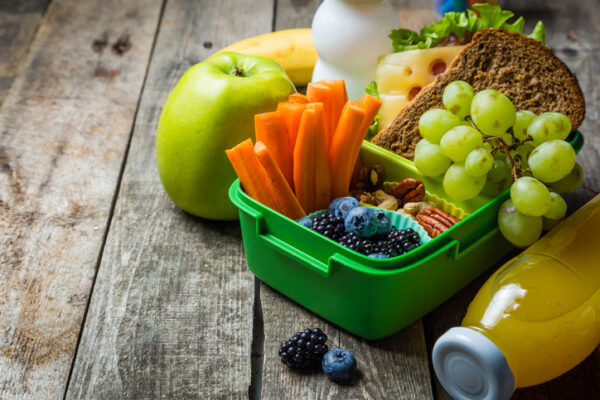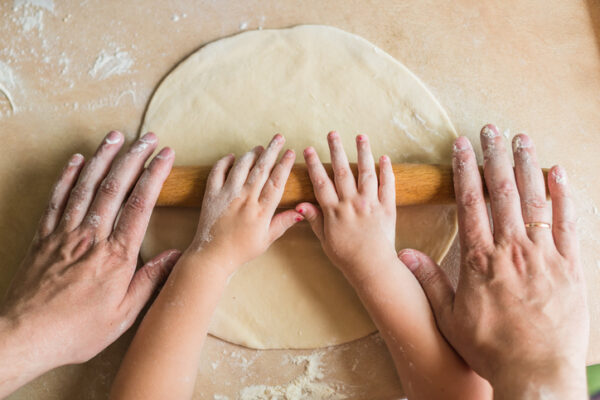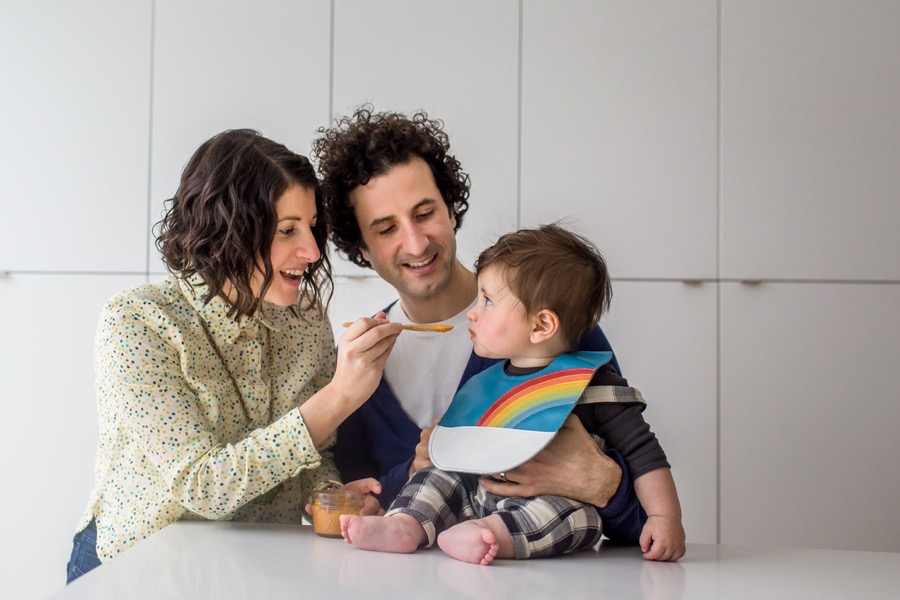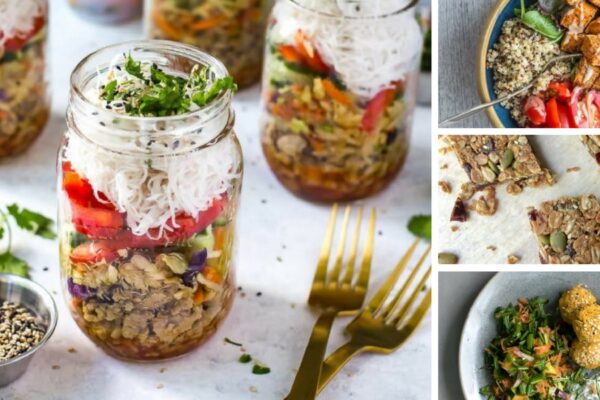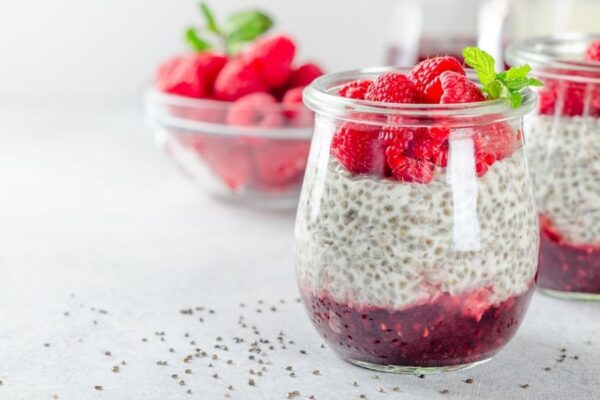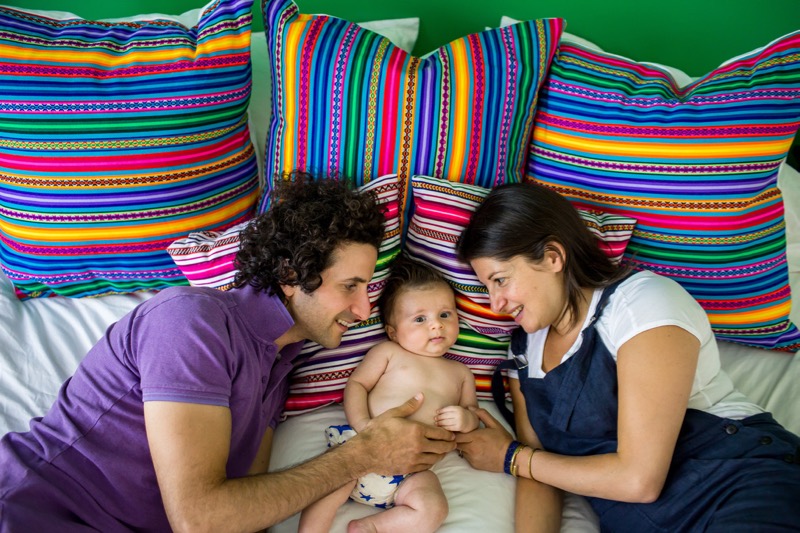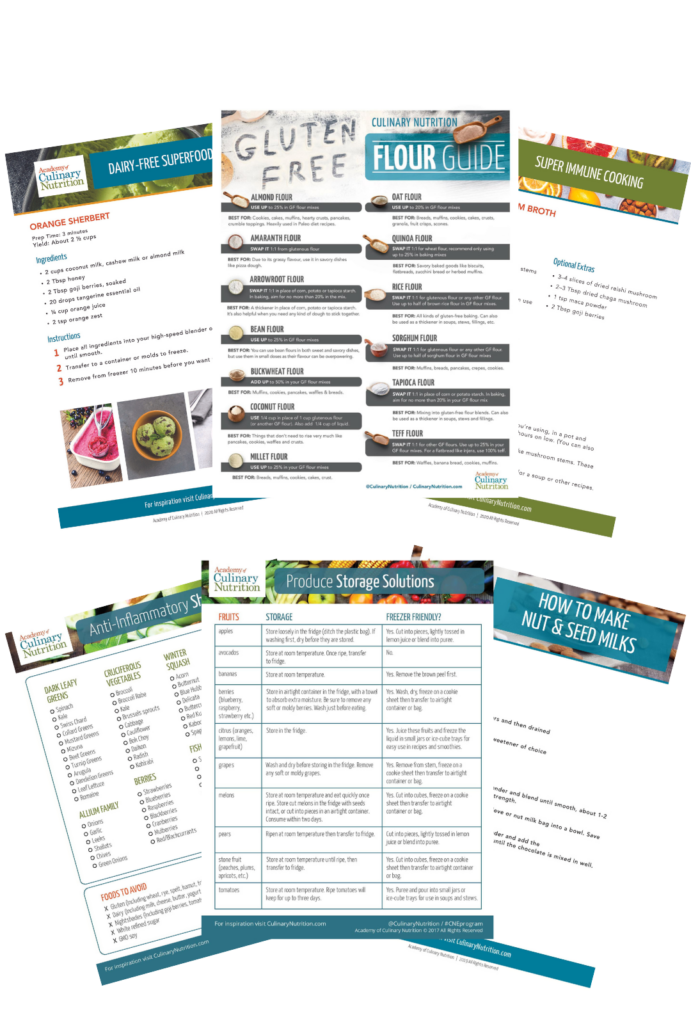Essentials for Packing a Healthy Lunchbox
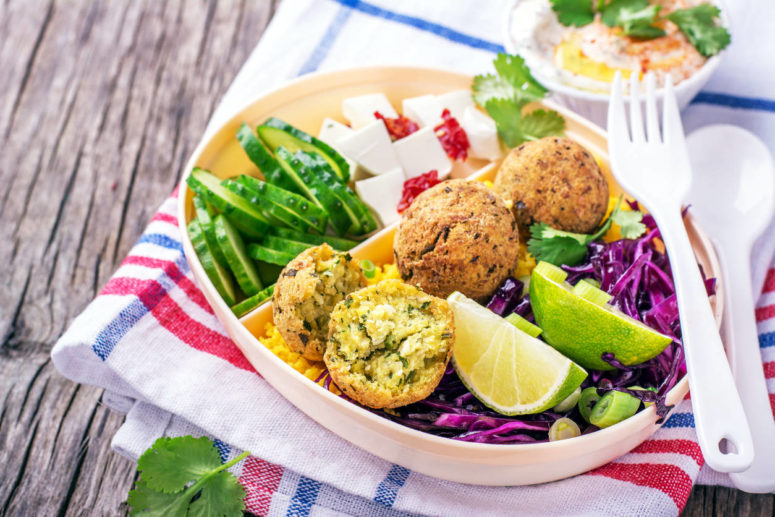
Each meal of the day has its own unique challenges. For breakfast, you might not give yourself enough time to prepare a protein-rich, fat-fueled meal, or maybe you just don’t feel hungry enough for a good breakfast. Dinner can be tricky if you haven’t prepped anything in advance, or are dealing with a busy household and family members with conflicting tastes. Lunchtime is perhaps the most tricky of all, as we again struggle with carving out the time for packing a healthy lunchbox or deal with school-wide bans of certain foods due to allergies.
Like all meals, lunch is an important one as it helps us replenish our energy stores, balance blood sugar levels and offers us the nutrients we need to fuel the rest of our day. And we won’t reap the benefits if we’re stuck eating a greasy food court meal or a child’s lunchbox returns with all the food uneaten.
Whether you’re packing a healthy lunchbox for yourself or your child, these dietary and equipment essentials will help you ensure that lunchtime becomes an exciting meal to look forward to!
Tips for Packing a Healthy Lunchbox
1. Include a broad spectrum of nutrients
When packing a healthy lunchbox, be mindful of including good sources of protein, fat, fibre and complex carbs, as well as vitamins and minerals. These nutrients will help you feel satiated for longer, balance blood sugar levels and boost brain power. That means you won’t feel hangry at 3:00pm and throw your UnDiet goals out the window as you buy all the candy from the vending machine.
Good sources of protein:
- Nuts/seeds
- Eggs
- Fish
- Meat
- Beans/legumes (here’s what to do if you don’t want to be all tooty at your afternoon meeting)
Good sources of fats:
- Coconut oil
- Ghee
- Coconut milk
- Hemp seeds
- Chia seeds
- Walnuts
- Olive oil
- Avocado
- Salmon
- Sardines
- Dark chocolate (for dessert of course!)
Good sources of fibre + complex carbohydrates
- Gluten-free whole grains
- Fruits and vegetables
- Beans/legumes
- Nuts/seeds
Good sources of vitamins and minerals
- All fruits and veggies! Pack ’em into your healthy lunchbox.
2. Put one green thing in every lunch box
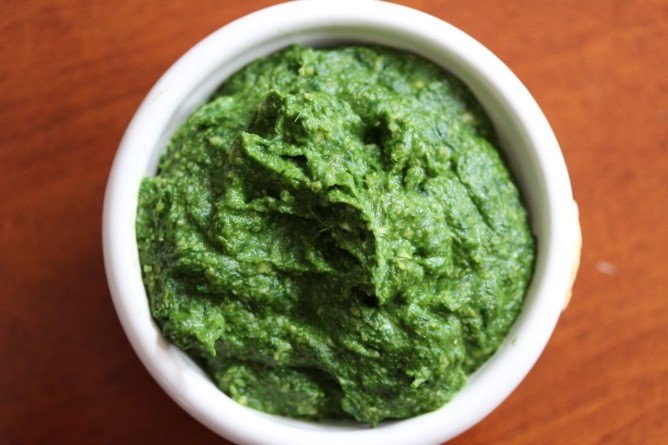
If I had to pick one lunchbox essential, it would be green foods. Most green foods are rich in fibre, vitamins and minerals, as well as chlorophyll, which is known as the blood of plants. That means consuming green foods can help detoxify, purify and cleanse our own bloodstream.
Here are some of my favourite green foods:
- Dark leafy greens (and five great ways to incorporate more of them in your diet)
- Celery
- Cucumber
- Nori sheets (make your own sushi at home)
- Avocado
- Broccoli
- Brussels Sprouts
- Green apples
- Green beans
- Peas
- Edamame
- Parsley
- Cilantro
- Mint
Lots to choose from! If you have kiddos, make it a game and see if they can guess what green food you’ll be adding to their lunch each day.
3. Use up leftovers

Why do the extra work of creating an entirely new meal when you can make use of leftovers as you’re packing a healthy lunchbox? Leftovers are a great way to ensure you have a great-tasting lunch and reduce your cook + prep load.
When you’re cooking meals, prepare large batches so you’ll have enough for dinner and then leftovers for lunch. You can also batch cook and then freeze meals that you can pop out for lunch, too.
Another way to make use of leftovers is to repurpose them for more variety. For example, if you don’t want to have veggie burgers again the next day for lunch you can crumble them over a salad. Or maybe you take leftover chili and wrap it in a gluten-free wrap and make a burrito. Transforming leftovers into something new adds a little more excitement for people who hate leftovers, and it cuts down on food waste too.
4. Prep lunches in advance
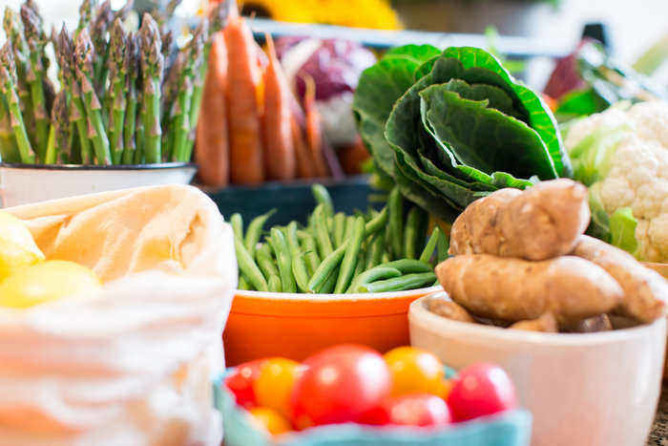
It’s much easier to pack a healthy lunchbox when you’re not in a rush or simultaneously trying to prepare breakfast, get dressed, sign permission slips or locate lost schoolbooks.
Meal prep is always going to be a lifesaver and lunches are no different. Since many lunches are cold, it’s easy to prep a bunch of lunch meals and snacks in advance and leave them in the fridge for a few days.
Some easy lunch items that prep well in advance are:
- Salads (especially the ones you can pack in mason jars)
- Pre-cut crudites and dips
- Smoothies (freeze them and then defrost in the morning)
- Crackers
- Granola bars + granola
- Homemade nut milk + nut/seed butters
- Cooked grains, beans and legumes (use them to make a recipe-free lunch bowl)
- Homemade condiments (these add great flavour to your meals)
- Homemade bread (this hearty grain-free recipe is my go-to)
If you spend a couple of hours doing prep on the weekend, you can create a variety of items to use in your lunches (and dinners) throughout the week.
5. Make snacky things
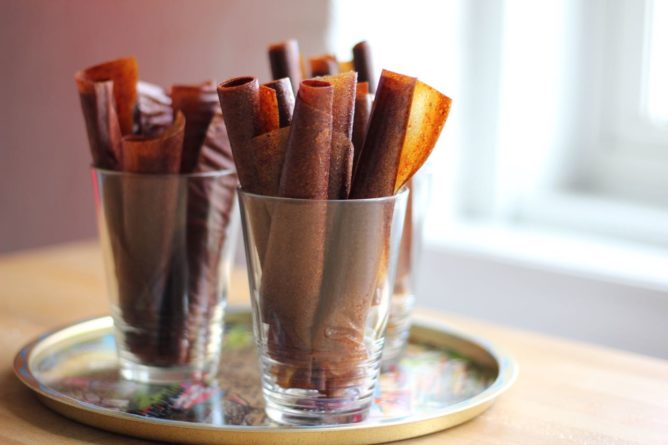
Sometimes you don’t want to have a large, heavy meal at lunchtime, and some people are grazers by nature (especially the kiddos). Instead of making a big lunch, pack plenty of snacky things that are equally as nutritious (full of protein, fat, vitamins, minerals, etc.) as a bigger meal, but provide the nutrients in smaller doses.
Some snacky items you might want to consider in lunches are:
- Baked goods, like muffins, quickbreads, or breakfast cookies. It’s handy to pack a bit of coconut oil, nut or seed butter to spread on these too!
- Crudites, crackers and dips (hummus and guac are my faves!)
- Fresh fruit + fruit rollups
- Trail mix, granola or granola bars
- Nori rolls
- Falafel bites
- Applesauce + hemp seeds
- Kale chips
- Chia pudding
- Overnight oats
6. Avoid processed or packaged foods as much as possible
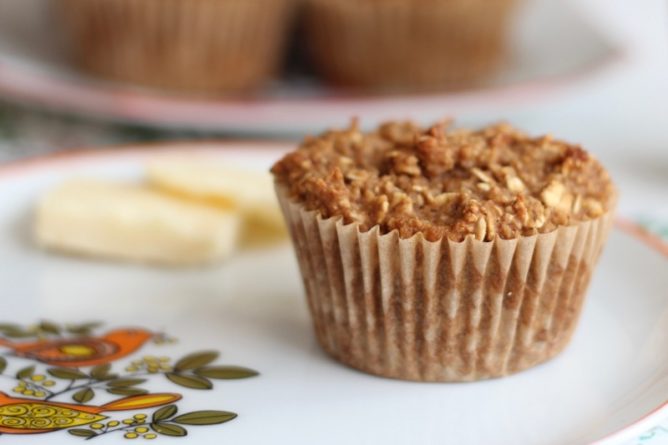
It bears repeating that homemade foods are going to be more nutritious than processed and packaged foods, and lower in sodium, preservatives and other chemicals.
If you are buying organic packaged foods (ex. store-bought hummus, granola, nuts and seeds, etc.) I’d recommend choosing the large packages or buying in bulk. So many companies make single-serve packages and that is a huge drain on the environment. Instead of single serve lunch items, buy in bulk and divide them up into reusable containers. This brings me to my next point, which is…
7. Use eco-friendly lunch equipment
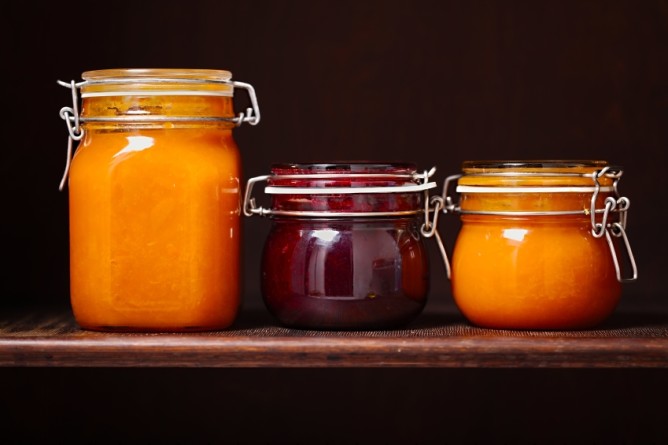
Skip the plastic wrap, aluminum foil, plastic bags and paper bags and go litterless for your lunch. Re-useable lunchboxes have become cool again for kids and adults alike, so have fun with it.
There are many alternatives to storing food without using plastic. If the heavier items like mason jars or glass containers are too heavy for you or your children, aim for stainless steel or beeswax wraps. There are also many companies that make non-toxic, eco-friendly snack bags and pouches too for dry goods like trail mix, dried fruit, crackers and other dry snacks.
If you like hot lunches, invest in a good thermos or even a mini-slow cooker that you can take with you to work. Once you hop on the eco-friendly lunch train you won’t want to hop off!
8. Get kids involved in lunch making
Kids are often more likely to eat their lunches if they’ve had a hand in making them. This doesn’t mean that you allow your child to pack whatever they want, but you give them certain choices (carrots or cucumbers, almonds or walnuts, cranberries or raisins, apple or banana, etc.) that help them feel empowered.
The more we can get kids involved in the kitchen, the more they will feel like active participants in their own health and wellbeing. And don’t forget that their assistance with lunch making will help them learn valuable culinary skills that will last a lifetime.
Armed with these essentials for packing a healthy lunchbox, you can transform lunchtime into an enjoyable meal that you’ll always look forward to.
What did I miss? What are your healthy lunch packing tips?
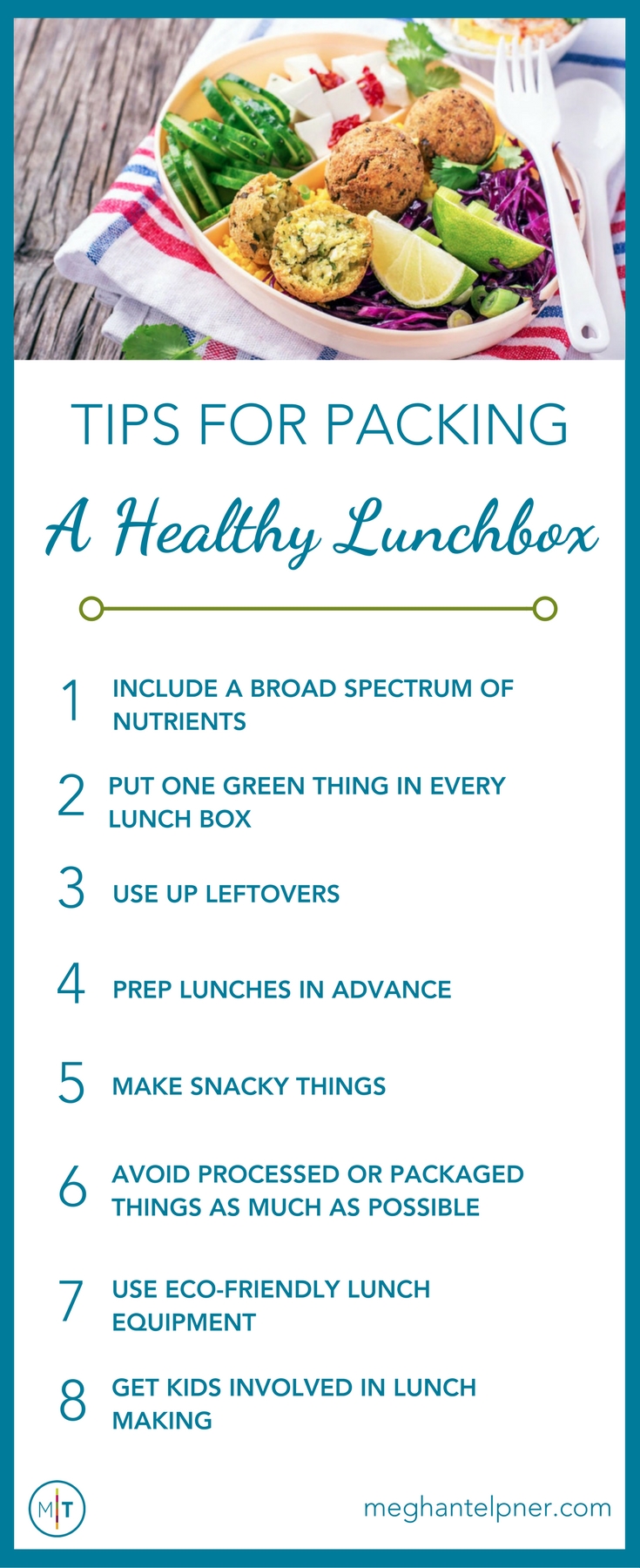
Free Resource Library
Enjoy more than 40 downloadable guides, recipes, and resources.















